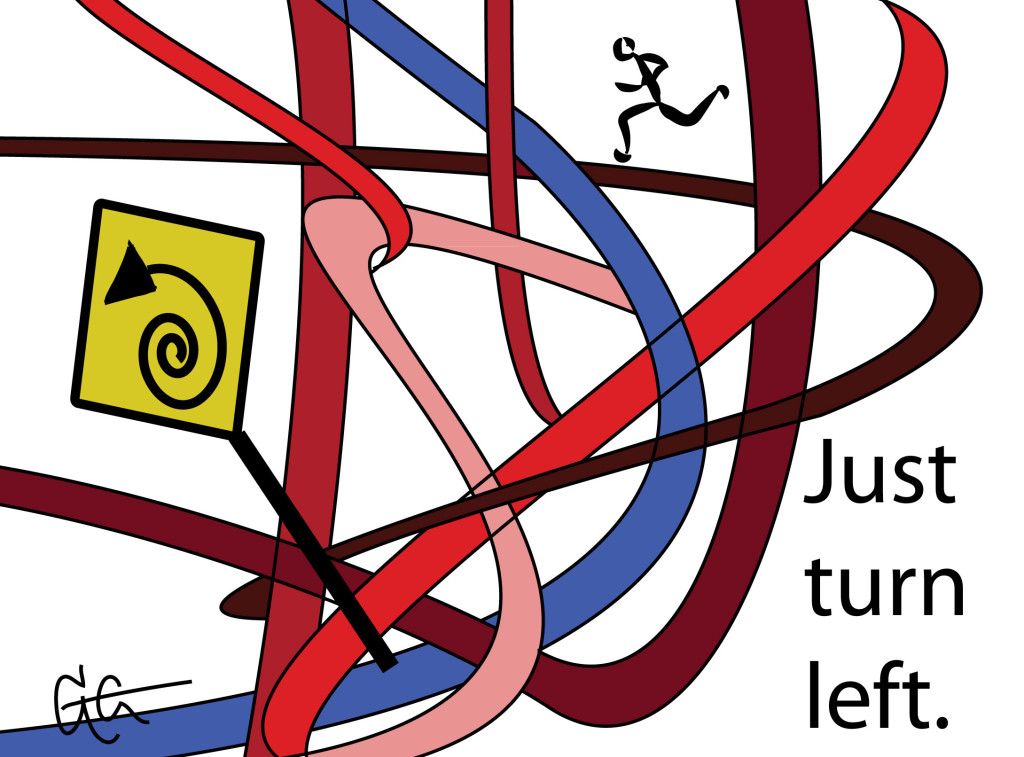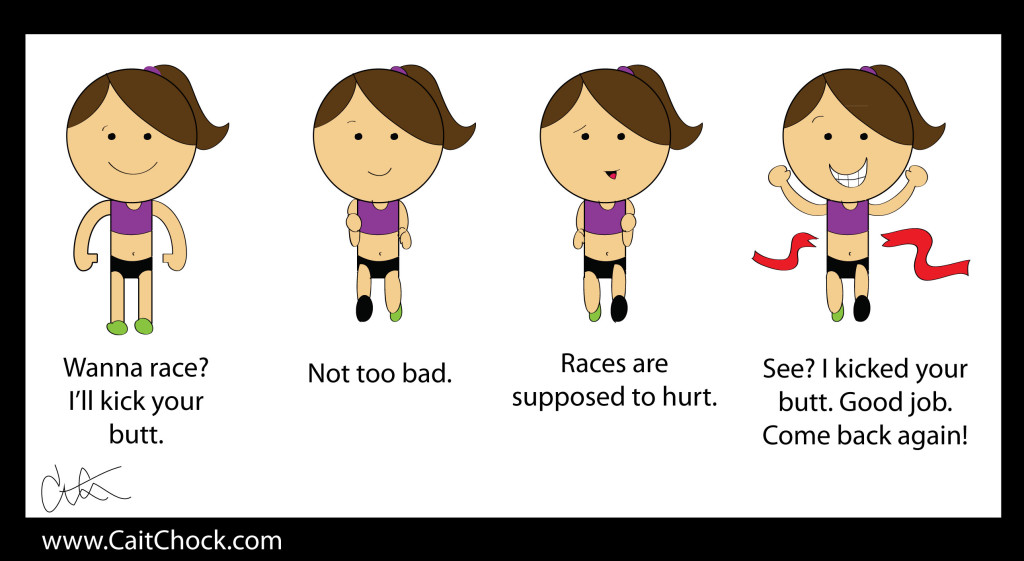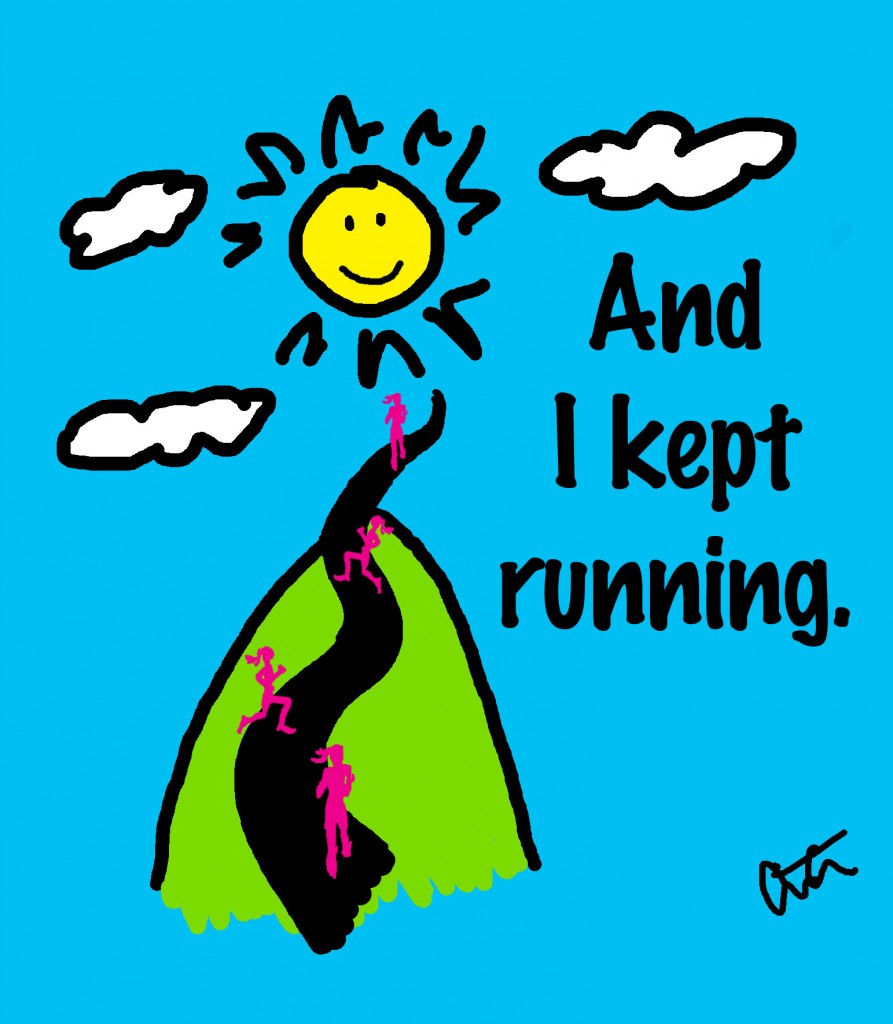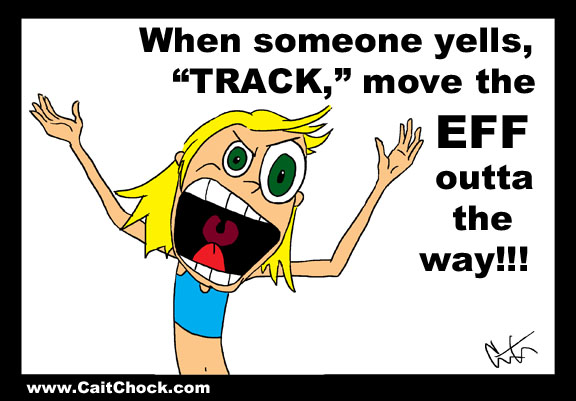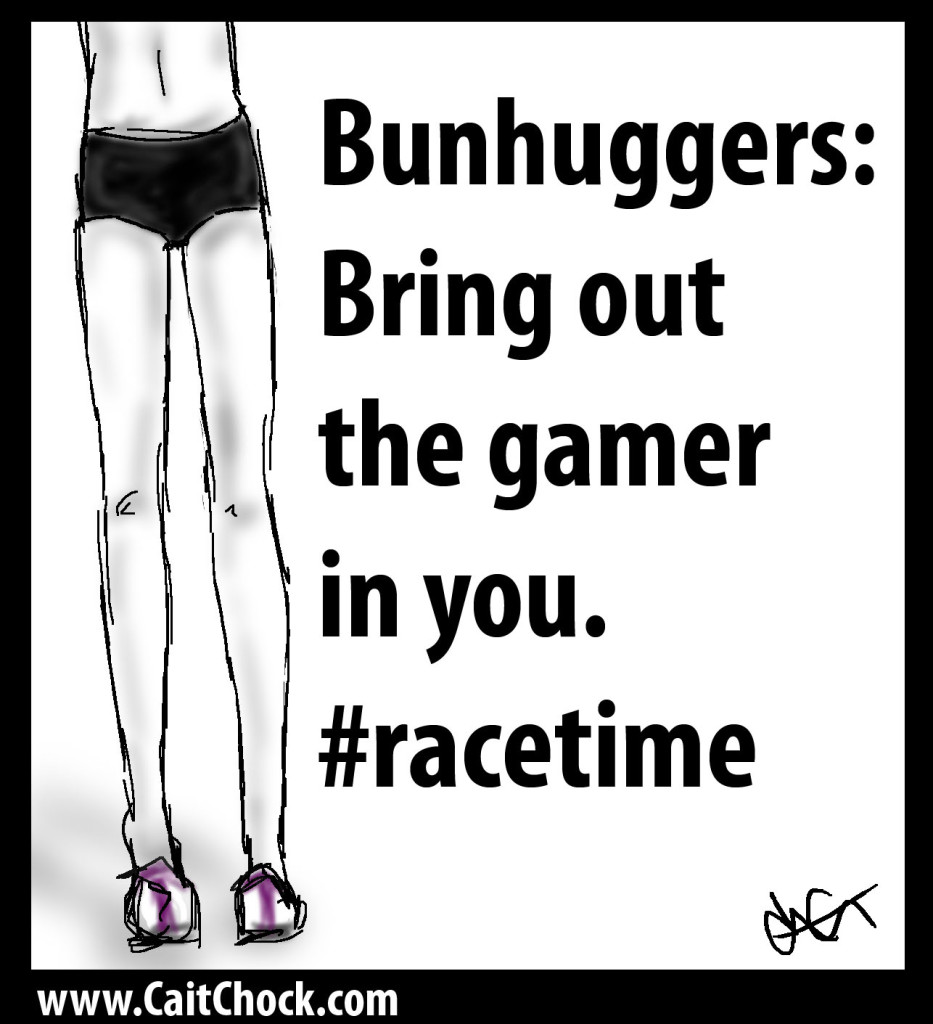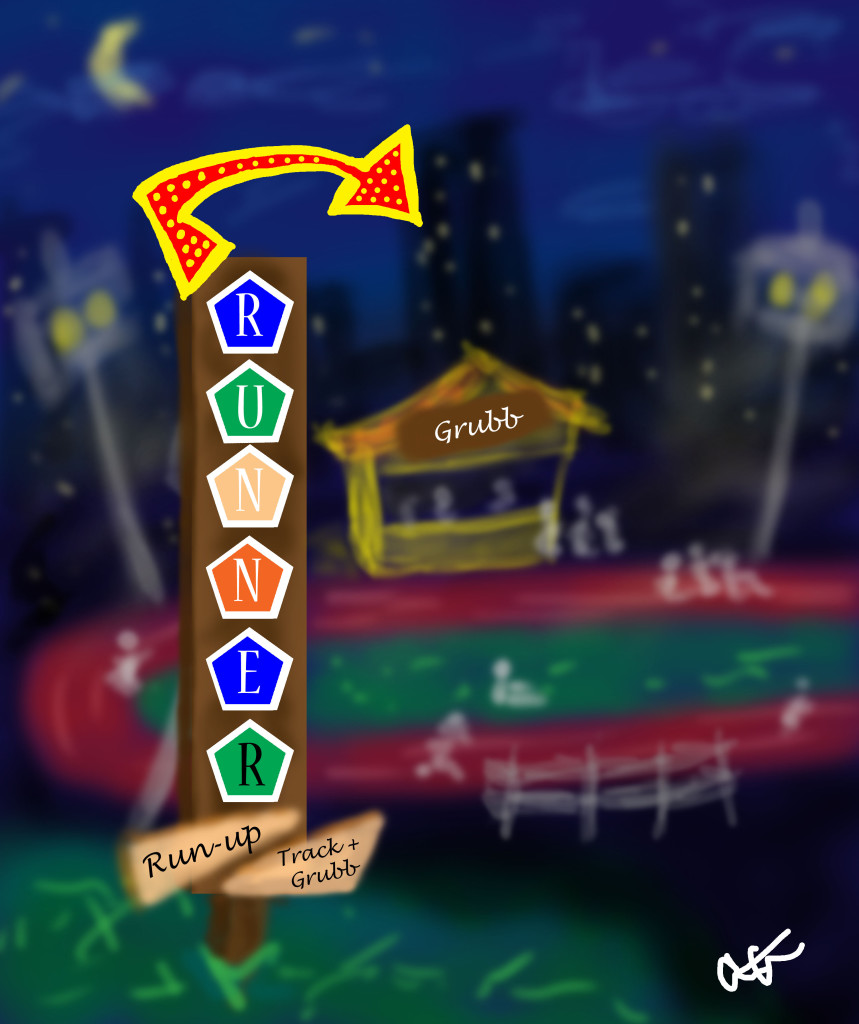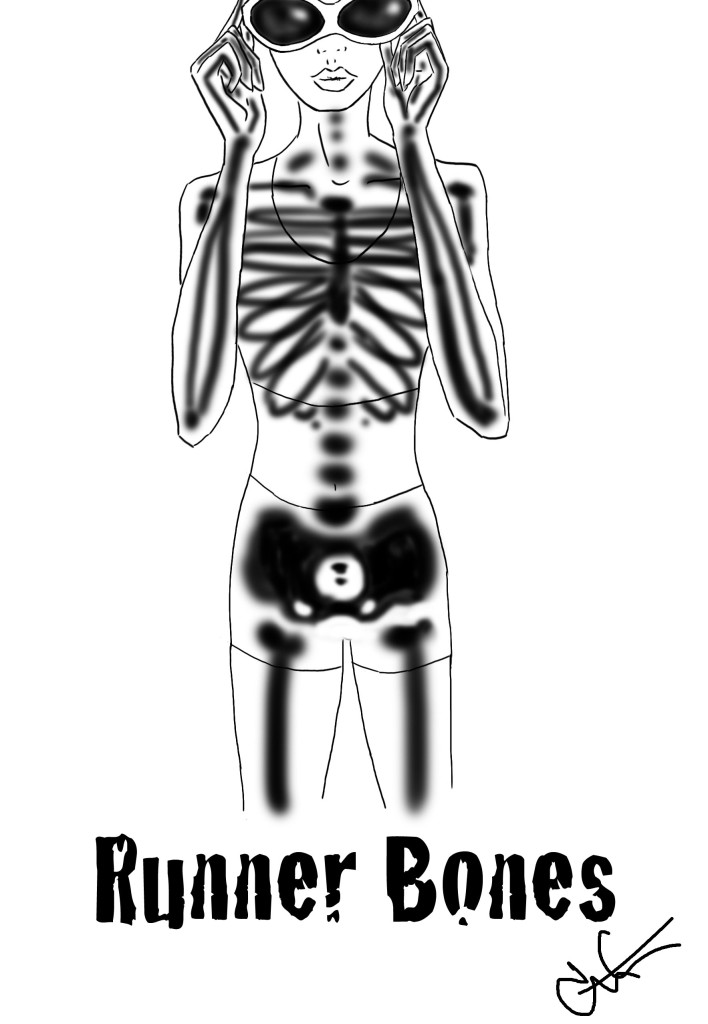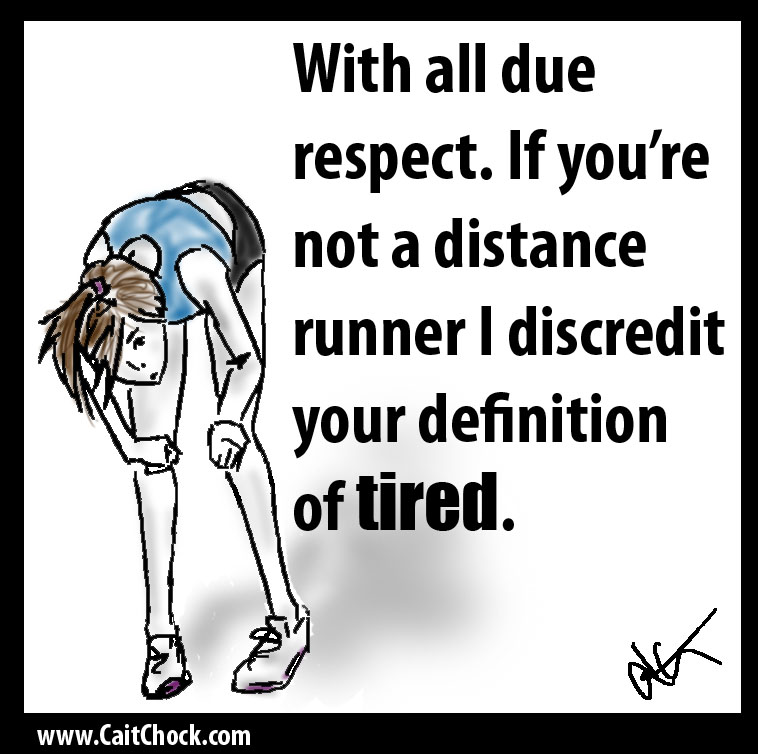Runners may have an odd way of expressing their affection for each other. But hey, if you’ve met your perfect match then they should totally get that being the ‘fart’ in this instance is a total compliment! 😉
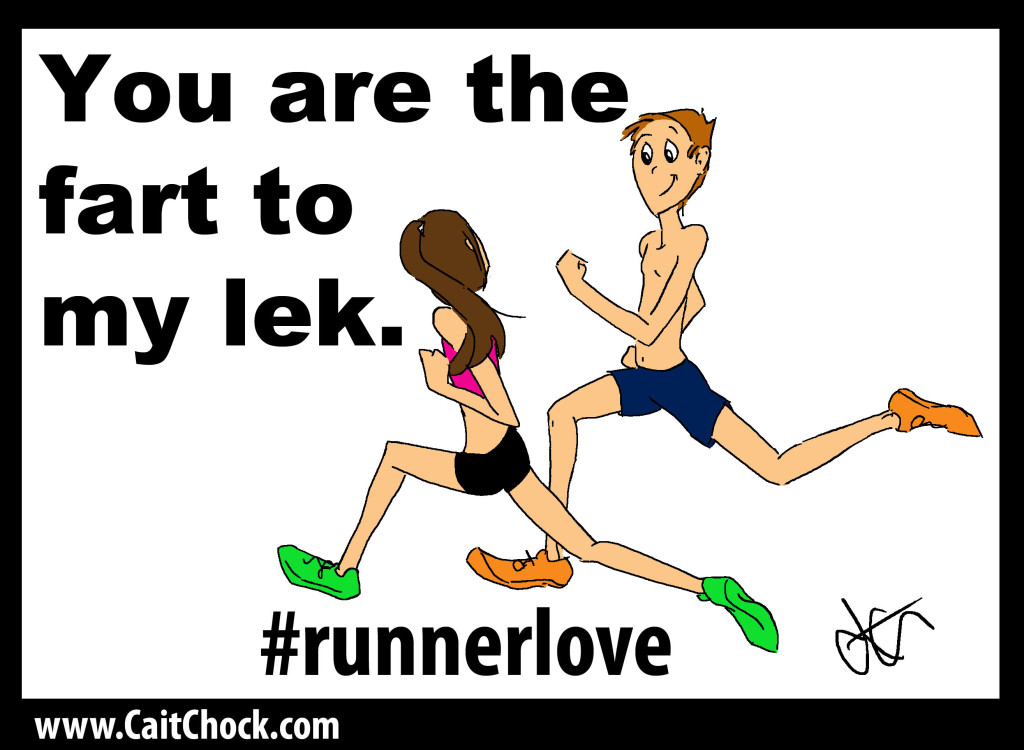
Shall we say that the two perfectly match strides?
Maybe true love always turns left together?
Perhaps even it’s not so much that I totally adore you’re company, as much that you push my @$$ to a new PR?
Bottom line: you know it’s a real match when you’re both out on a training run, one winds up injured or hurt, but their immediate response is, “Don’t stop the watch! Keep going, I’ll see you when you’re done!” #dontsacrificetherun 😉
1) What are your favorite kinds of fartleks?
Maybe 3 minutes on two minutes off? Pyramid fartleks can be fun too.
2) Do you have a corny runner line like the one above?
3) If you’re on a run with other people and one is unable to keep going for whatever reason, what is your reaction?


